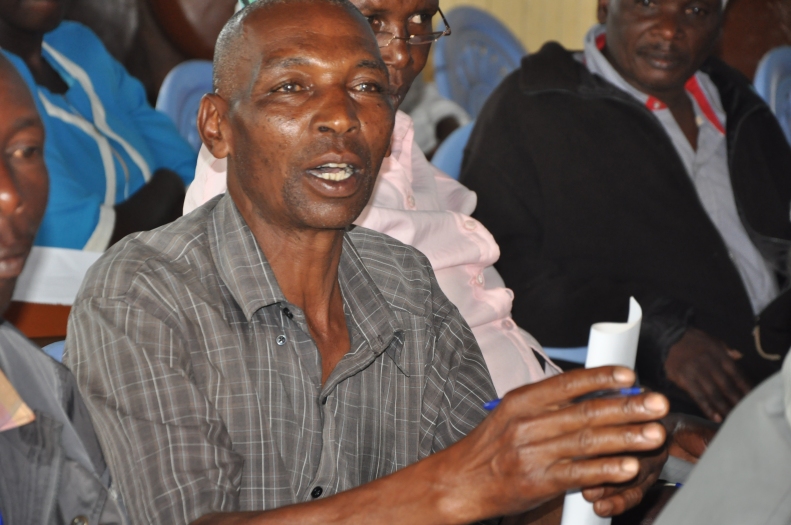 Nyeri County is among the four counties that have been chosen as a pilot county for UHC implementation, this follows recorded high incidences of non-communicable diseases such as diabetes, cancer and heart conditions among others; the other counties include Isiolo, Machakos and Kisumu. It is hoped that the lessons that will be picked from these counties will be important in influencing the decision on UHC implementation across the other 43 counties.
Nyeri County is among the four counties that have been chosen as a pilot county for UHC implementation, this follows recorded high incidences of non-communicable diseases such as diabetes, cancer and heart conditions among others; the other counties include Isiolo, Machakos and Kisumu. It is hoped that the lessons that will be picked from these counties will be important in influencing the decision on UHC implementation across the other 43 counties.
Despite the registration exercise being launched by Health Cabinet Secretary Hon. Sicily Kariuki, in Nyeri County on the 12th November 2018, and calling on every resident and every household to be registered, the county has witnessed low numbers. During a community dialogue meeting on UHC organized by Health Rights Advocacy Forum (HERAF) between 21st – 23rd November, residents of Mukurwe-ini Sub-County expressed their frustration on the slow pace at which the exercise was going on and the limited days before the event comes to a close on the 30th November 2018.
Some of the challenges cited during this forum included a reported go slow by the Community Health Volunteers (CHVs) who are being used as enumerators due to payment promises which were not honoured. There were also complaints of poor mobilization by the county government; some of the households were neither aware of the ongoing exercise nor the requirements for registration.
There was a scenario where a child could not be registered because she is living with the adoptive father whose name was not on the child’s birth certificate and the mother was long dead. The area chief was asked to look into the matter, in as much as this could be an isolated case, there could be other similar cases which needs to be addressed to ensure that they are not left behind. The County needs to train the enumerators on how to deal with such scenarios when they arise.
The participants urged the county to make use of local administration and religious leaders to reach out to the masses. Poor network was not spared the blame, some households complained of having to move too far off areas (where there is network) to have the exercise conducted. Some also complained of having to wait for up to 40 minutes for an individual to be registered before the exercise proceeds. To beat the 30th November deadline, it is important for the county to bring all stakeholders on board to ensure that the exercise achieves the target of 100% registration. In the meantime, the county has developed a fact sheet on the FAQs about UHC and a UHC Communication plan which they hope will help in reaching out to the citizens.

